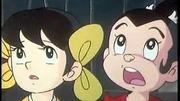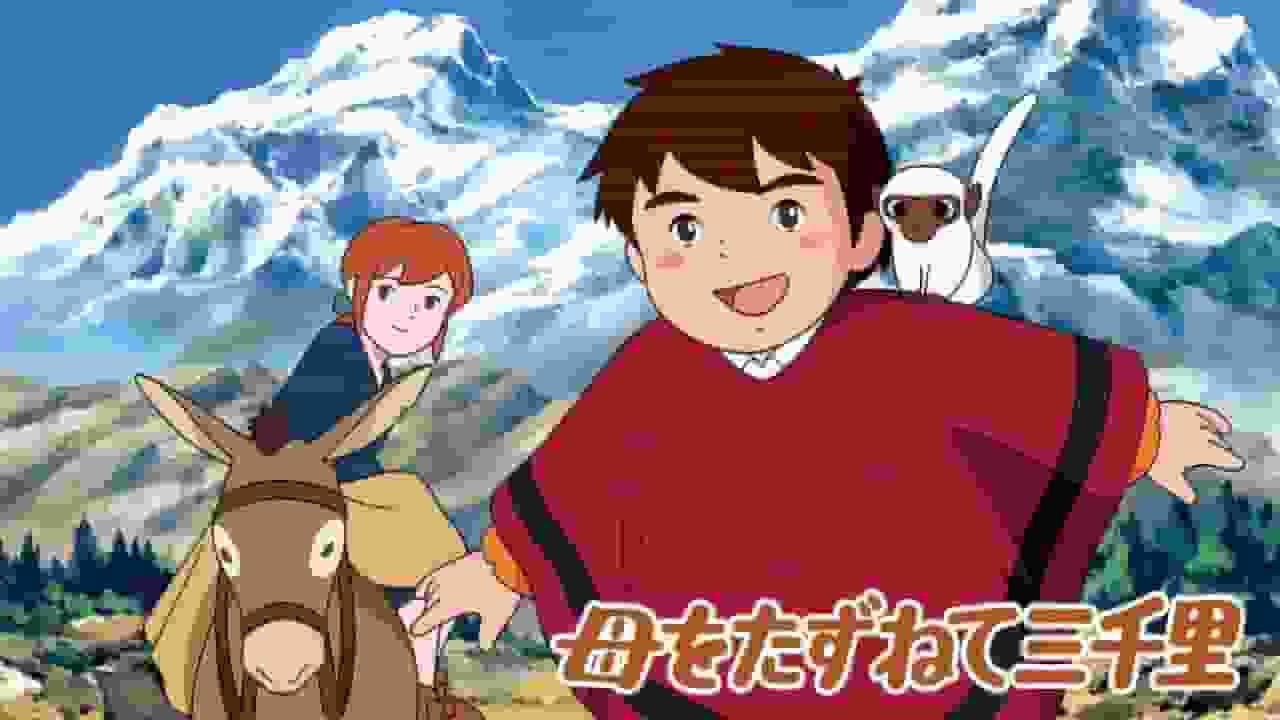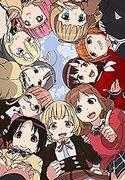The appeal and evaluation of the manga "Sarutobi Sasuke": A masterpiece that delves deeply into the world of ninjas

"Manga Sarutobi Sasuke": The appeal of this historical action anime and its background1. Overview of the WorkManga Sarutobi Sasuke is an anime series that aired on Tokyo 12 Channel from October 9, 1979 to April 8, 1980. It consisted of 24 episodes and aired in a 30-minute slot every Tuesday from 7:30 to 8:00 p.m. This work is an original anime and has no original work. It was directed by Tojo Shohei and produced by Nishino Seiichi (Nac), and was produced jointly by Tokyo 12 Channel and Nac. 2. StoryThe story is set in the early 17th century, in Japan, at the beginning of the Edo period. The protagonist, Sarutobi Sasuke, is a young ninja who has trained in Koga ninjutsu and grown to the point of being awarded the secret book of techniques. He comes to serve Sanada Yukimura, the lord of Shinano Province, and in order to protect his lord and the people around him, he engages in fierce ninjutsu battles with the ninja army led by Hattori Hanzo of Iga, together with his companions Miyoshi Seikai Nyudo and Kirigakure Saizō. 3. Commentary"Manga Sarutobi Sasuke" is a period drama action anime with the fictional ninja Sarutobi Sasuke as the main character. It depicts a ninja vs. ninja battle set in an era when the war between the Tokugawa and Toyotomi clans was about to begin. The story unfolds in a light-hearted way, with good triumphing over evil, and was produced as a highly entertaining anime. The aim of this work is for children to learn about the world of ninjas and their historical background while having fun. 4. CastThe main cast is as follows:
5. Main StaffThe production staff is as follows:
6. Main CharactersDetails of the main characters are as follows:
7. SubtitleThe subtitles for each episode are as follows:
8. Theme songs and musicThe theme songs and insert songs are as follows:
9. Appeal and Evaluation of the Work"Manga Sarutobi Sasuke" was loved by many viewers as an action anime set against the backdrop of Japan's unique cultural background of period drama and ninja. In particular, the character of the main character, Sarutobi Sasuke, made a strong impression on children and sparked their interest in the world of ninjas. In addition, different ninjutsu and magic techniques appear in each episode, making it easy to keep viewers from getting bored. The work's reputation lies in its high level of perfection as a period drama anime and its enjoyable entertainment for children. Although the story is simple, it depicts universal themes such as the conflict between good and evil, friendship, and growth, and has been well received by a wide range of people, from children to adults. The quality of the character designs and drawings is also high, and the beautiful images reflect the technical standards of the time. 10. Background and influences of the workThe years 1979 to 1980, when "Manga Sarutobi Sasuke" was broadcast, were the golden age of Japanese television animation. Many masterpieces were born during this period and captured the hearts of viewers. "Manga Sarutobi Sasuke" was one of them, and became a leading work in the period drama anime genre. This work had a huge influence on subsequent ninja-themed anime and manga. In particular, the ninja character settings and storytelling techniques have been incorporated into many works. The character Sarutobi Sasuke himself has also come to be widely recognized as a symbol of the ninja. 11. Recommendations and Related WorksFor viewers who enjoyed "Manga Sarutobi Sasuke," we also recommend the following works:
Like "Manga Sarutobi Sasuke," these works can be enjoyed as entertainment depicting the world of period drama and ninja. Each work also has a different perspective and theme, and is full of elements that will attract the interest of viewers. 12. Summary"Manga Sarutobi Sasuke" is a period drama action anime that was broadcast from 1979 to 1980. This work, which depicts the battle between ninjas centered around the main character Sarutobi Sasuke, aims to have children learn about the world of ninjas and their historical background while having fun. Although the story is simple, it depicts universal themes such as the conflict between good and evil, friendship, and growth, and made a strong impression on viewers. In addition, the quality of the character design and drawings is high, and it is characterized by beautiful images that reflect the technical level of the time. This work had a great influence on later ninja-themed anime and manga, and the character Sarutobi Sasuke himself has become widely recognized as a symbol of ninjas. For viewers who enjoyed "Manga Sarutobi Sasuke," we also recommend other works with themes of ninjas and period dramas such as "Ninja Hattori-kun," "Cyborg 009," and "Fuunji-tachi." Each of these works depicts a different perspective and theme, and is full of elements that will attract the viewer's interest. "Manga Sarutobi Sasuke" is a work that combines the high level of perfection of a period drama anime with the fun of children's entertainment, and can be said to be a masterpiece that continues to be loved by audiences. |
>>: Gordian the Fighter: The Appeal and Evaluation of Classic Robot Anime
Recommend
Gatekeepers 21 Review: The exploits of new warriors and their appeal
Gatekeepers 21: Fighting 21st Century Invaders &q...
Louis Koo to star in the film Anita Mui as her best friend Lau Pui Kei
Recently, a clip of Wang Danni and Louis Koo, the...
'Avatar: The Way of Water' screenwriter joins Marvel's new 'Fantastic Four' film
Marvel's version of Fantastic Four has a new ...
Yuyake Bancho: A thorough review of the brilliance of youth and a moving story
"Yuyake Bancho": A monumental example o...
The appeal and reviews of "Extreme Hearts": A new frontier for sports and idols
Extreme Hearts: A coming-of-age story where futur...
The appeal and reviews of "AICO -Incarnation-": Delving into the depths of a cybernetic world
AICO -Incarnation- Comprehensive evaluation and r...
Ultraman Triga's new character announced: the protagonist Kengo's rival "Sei Shojin"
Today (April 29), Ultraman Triga announced a new ...
The appeal and evaluation of the movie "Soreike! Anpanman: Fluffy Fuwari and Cloud Country"
Detailed review and recommendation of the movie &...
The PV of the new film "Your Color" directed by "A Silent Voice" is released, and Yui Aragaki will join the dubbing
Naoko Yamada, the director of animations such as ...
The appeal and evaluation of "Himegoto": A thorough analysis of the deep story and the appeal of the characters
Himegoto - The strange daily life of cross-dresse...
The new EVA Asuka hand-made one-eyed long sword tight combat suit is bumpy
The final part of "Neon Genesis Evangelion: ...
"Saraba Seishun" review: Reevaluating the moving songs of everyone
Detailed review and recommendation of Farewell Yo...
The core of John Wick is "dog"! The official trailer of "John Wick 3"
The official trailer for John Wick 3 is finally h...
The final poster of Ant-Man 3 was released and will be released nationwide on February 17
The final poster of Ant-Man 3 was released, with ...
The new Batman poster is released, revenge is coming to Gotham
Recently, a new poster of "The New Batman&qu...









